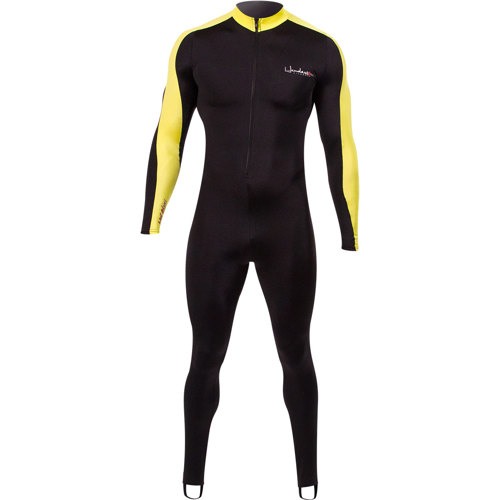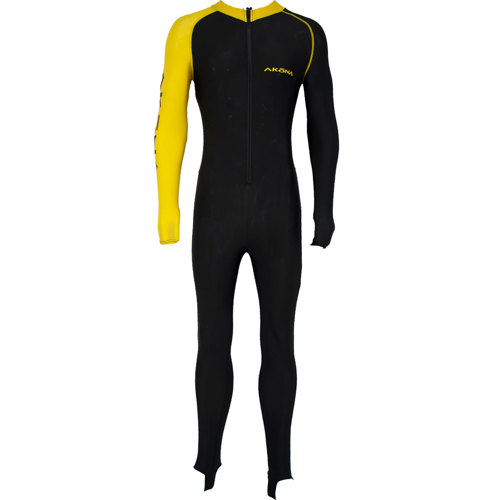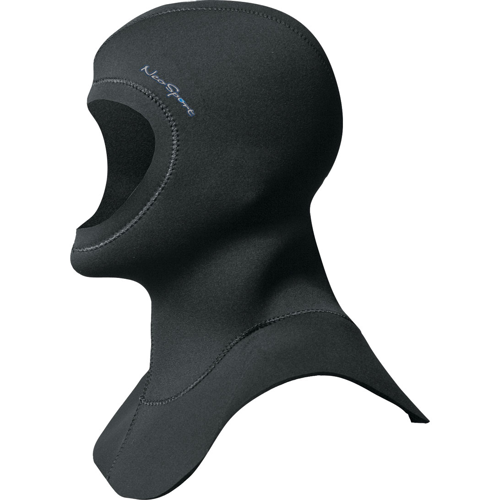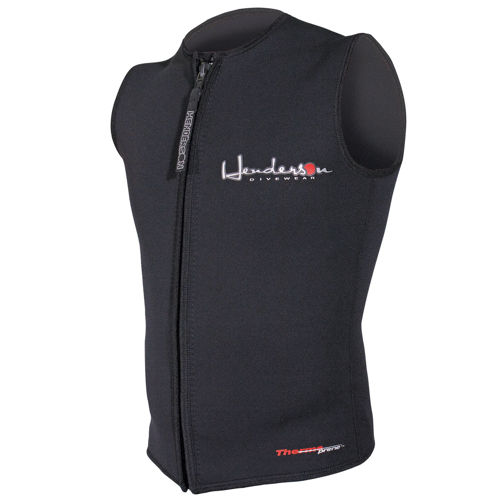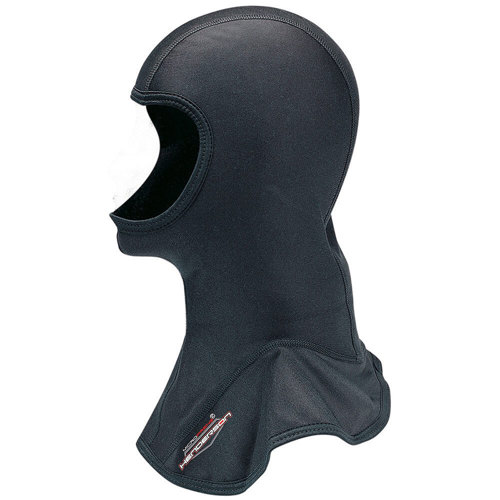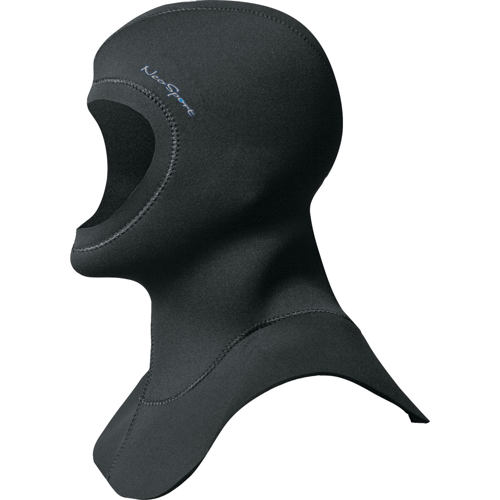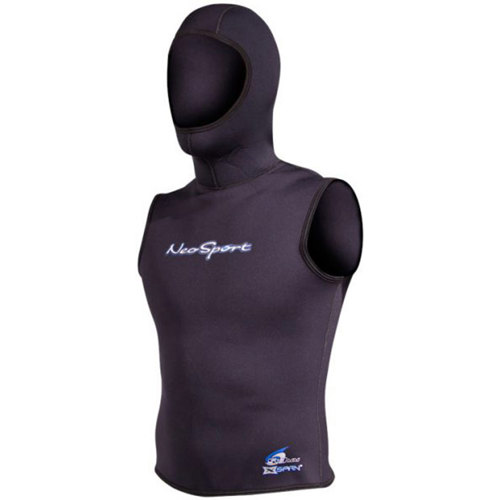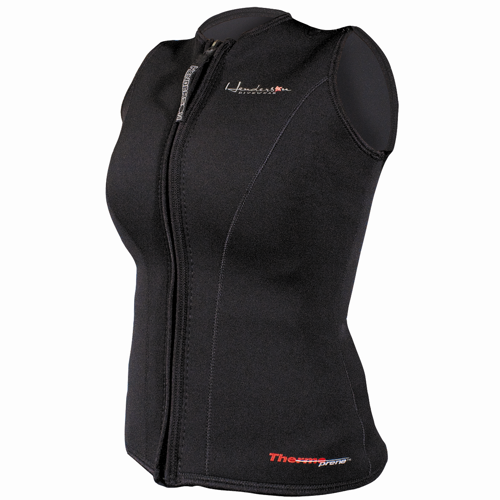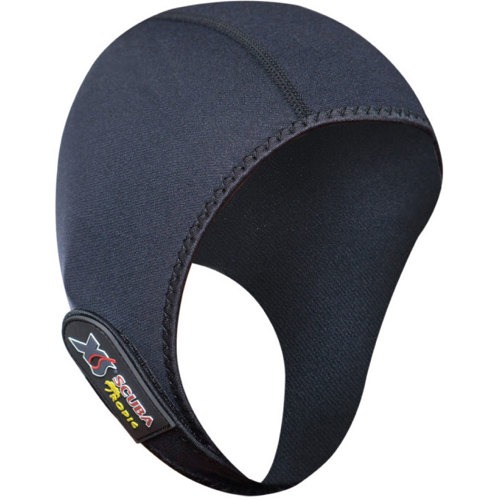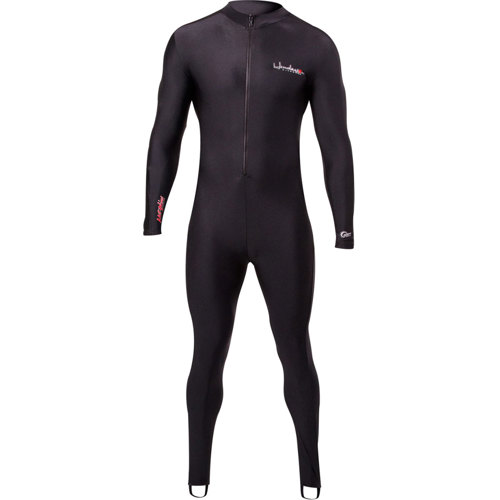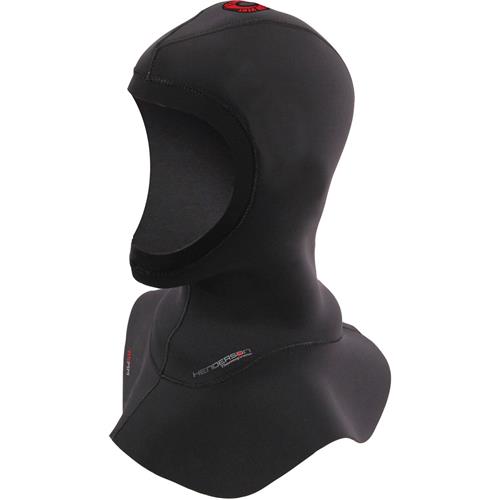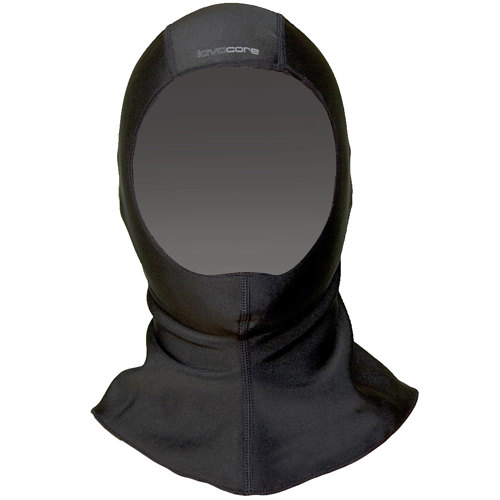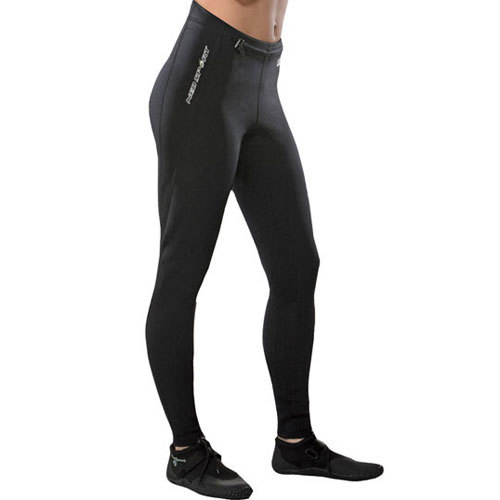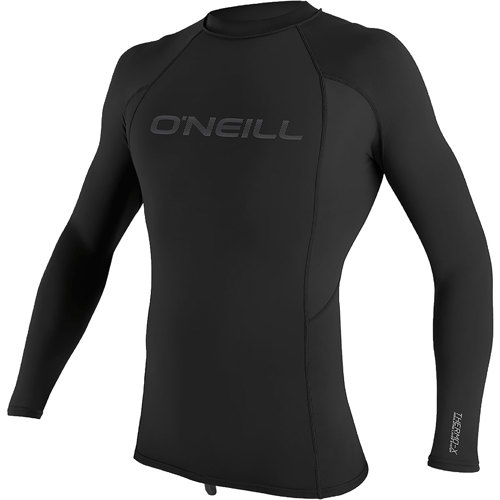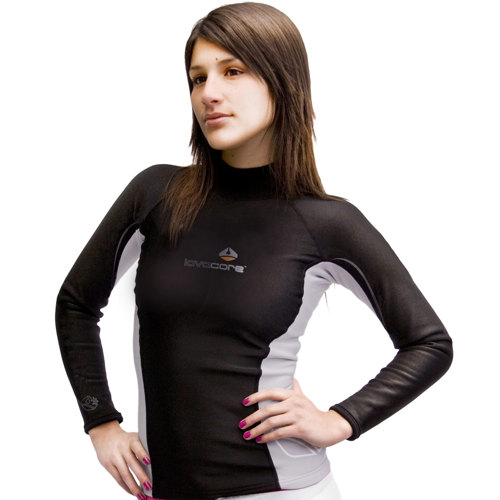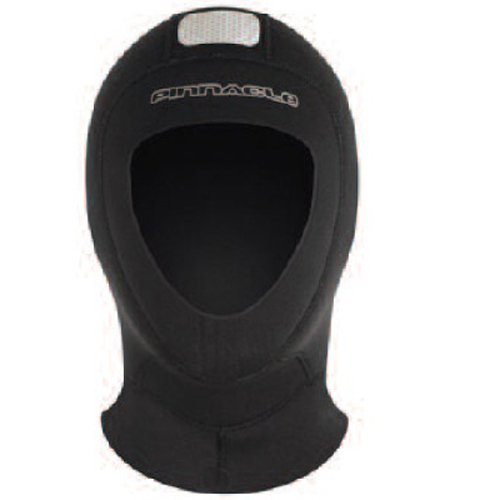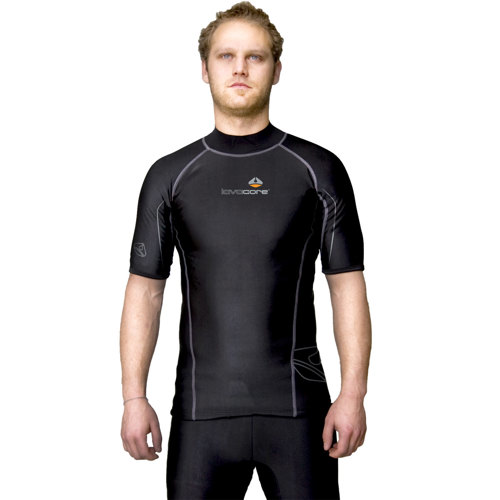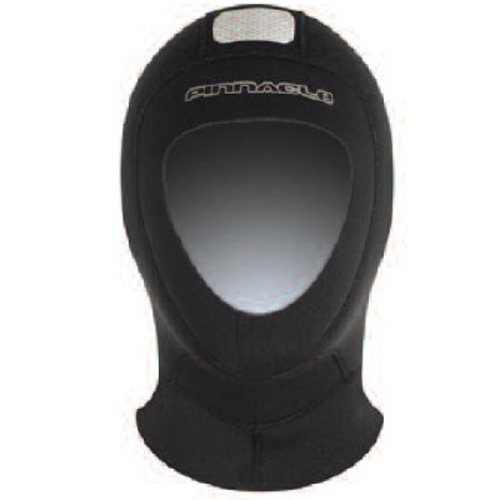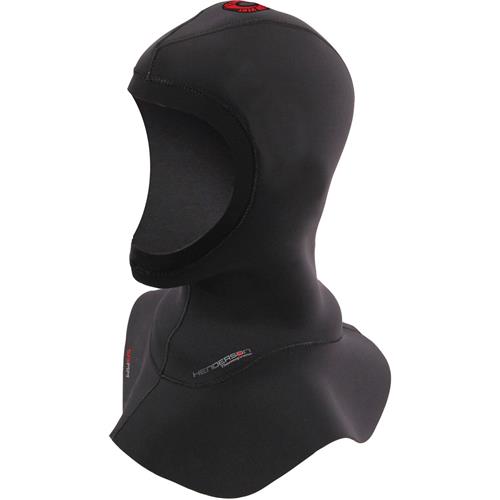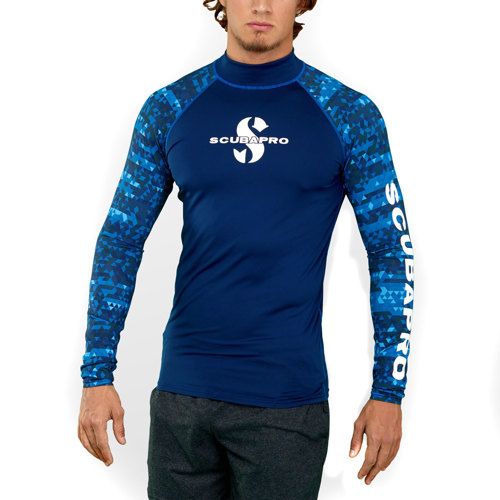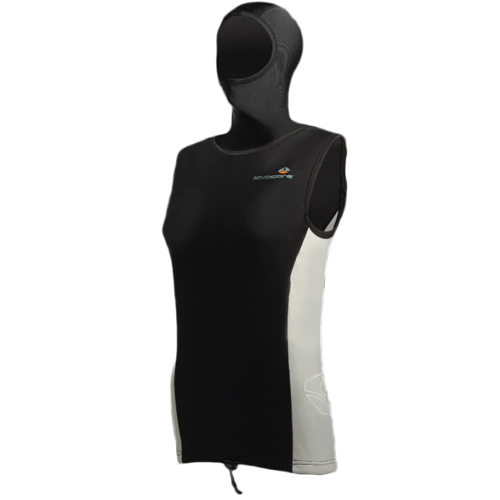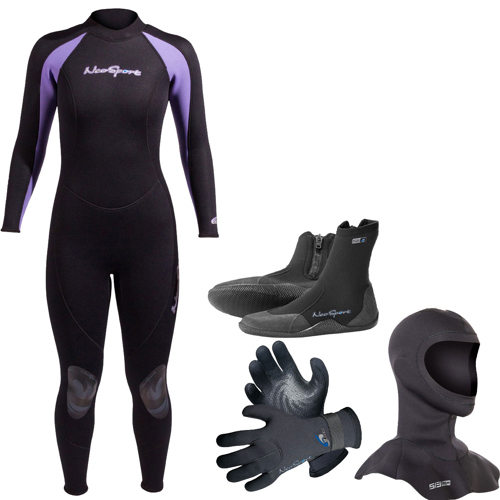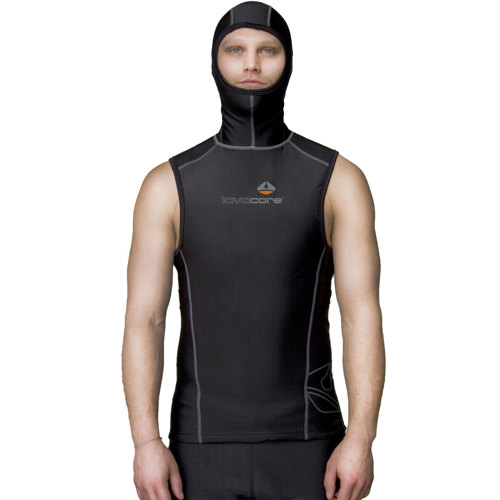When it comes to enjoying snorkeling year-round, choosing the right thermal protection is essential for comfort, safety, and maximizing time in the water. As the seasons shift into autumn and water temperatures begin to cool, even experienced snorkelers can find themselves surprised by how quickly body heat is lost while floating at the surface. Thermal protection isn’t just a concern for cold-water destinations; even in tropical climates, extended sessions in the water or early morning outings can bring a chill that dampens the experience. Wetsuits and rash guards are the foundation of thermal protection for snorkelers, each offering unique benefits. Wetsuits, crafted from insulating neoprene, create a barrier that traps a thin layer of water against the skin, which is then warmed by body heat. The thickness of the material, measured in millimeters, determines the level of insulation—a thinner suit provides flexibility for warmer waters, while thicker options are ideal for cooler conditions or for those who get cold easily. Rash guards, on the other hand, are typically made from lightweight, quick-drying fabrics like Lycra or spandex. While they don’t offer the same level of insulation as wetsuits, they excel at providing sun protection, minimizing chafing, and adding an extra layer of warmth when worn under a wetsuit. For families planning a beach getaway or individuals who tend to feel the cold, layering a rash guard beneath a wetsuit can make a world of difference, especially during shoulder seasons like September when water temperatures can be unpredictable.
Beyond the core pieces, thoughtful snorkelers often add accessories like hoods, gloves, and booties to their kit, especially when venturing into cooler waters or planning longer excursions. The extremities—hands, feet, and head—are particularly vulnerable to heat loss, and a snug-fitting neoprene hood or a pair of thermal gloves can extend comfort and stamina in the water. These accessories are a smart addition for anyone who wants to explore kelp forests, rocky coastlines, or deeper reefs where temperatures drop with depth. They also make practical and thoughtful gifts for snorkelers who already have the basics covered, adding versatility to their gear for travel or changing seasons. Some snorkelers prefer versatile neck gaiters or hoods that can be pulled up or down as needed, providing both wind and sun protection on the surface. For those who spend hours exploring, the difference between a quick dip and a lingering snorkel session often comes down to staying warm and comfortable. When browsing thermal protection gear, it’s wise to consider not only the water temperature but also factors like wind chill, time of day, and personal sensitivity to cold. A well-chosen combination of layers can mean the difference between cutting a session short or discovering something extraordinary just below the surface.
As you assemble your snorkeling essentials, don’t overlook the importance of pairing your thermal protection with other safety and comfort accessories. For example, a secure, well-fitting mask and a reliable snorkel are crucial for any snorkeler, and those seeking added protection from the elements may want to explore options like
Protective Snorkels to further enhance their experience. Staying hydrated and taking breaks to warm up are simple but effective strategies for avoiding the discomfort of getting cold. Whether you’re introducing a friend to the joys of snorkeling, preparing for a family vacation, or planning solo adventures along the coast, investing in quality thermal protection ensures that every moment in the water is comfortable and memorable. With the right gear, you can confidently explore new environments, observe marine life up close, and make the most of every snorkeling adventure, no matter the season.

